.webp)
© History Oasis
Note: Motorola was split into two companies in 2011 - Motorola Solutions (enterprise/government) and Motorola Mobility (consumer phones). Greg Brown continued with Solutions while the Mobility division went through Google and eventually to Lenovo ownership.

1928-1959
The serial entrepreneur who founded Motorola after two failed ventures. Paul Galvin created the “Motorola” name by merging “motor” and “ola.” He pioneered mass-market car radios starting in 1930. And shockingly, his wife Lillian was murdered in their home in 1942 (the case remains unsolved). Galvin is best known for building a culture of innovation through failure and learning.
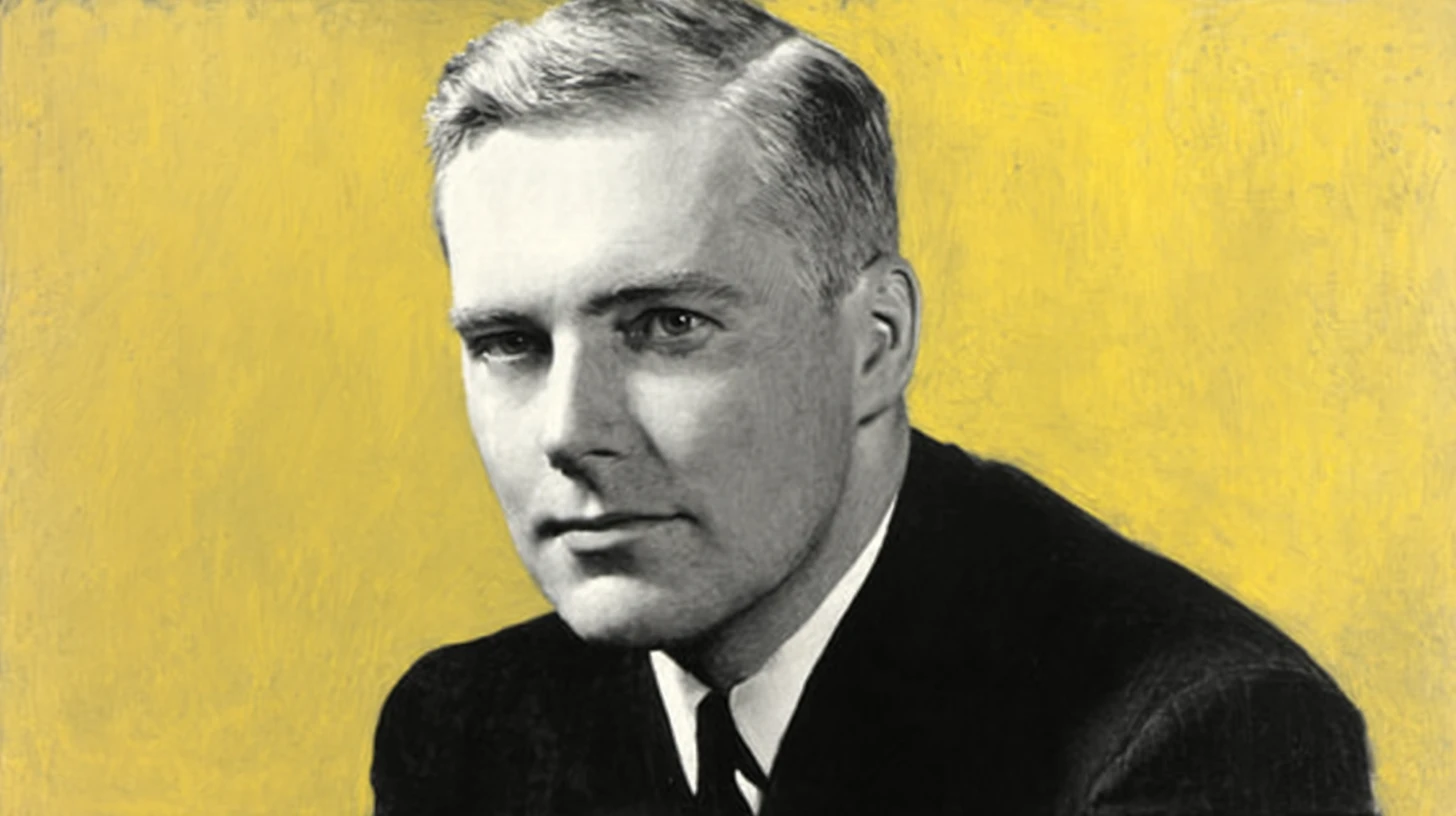
1959-1986
Paul’s son Bob led Motorola for 27 years, growing sales from $217 million to $10.8 billion. The son oversaw Motorola equipment carrying Neil Armstrong’s moon landing transmission. He launched the first handheld cellular phone in 1973. He also put in place the Six Sigma quality system, winning the first Malcolm Baldrige Award. Bob fumbled by moving manufacturing to China, where future competitors stole their technology.
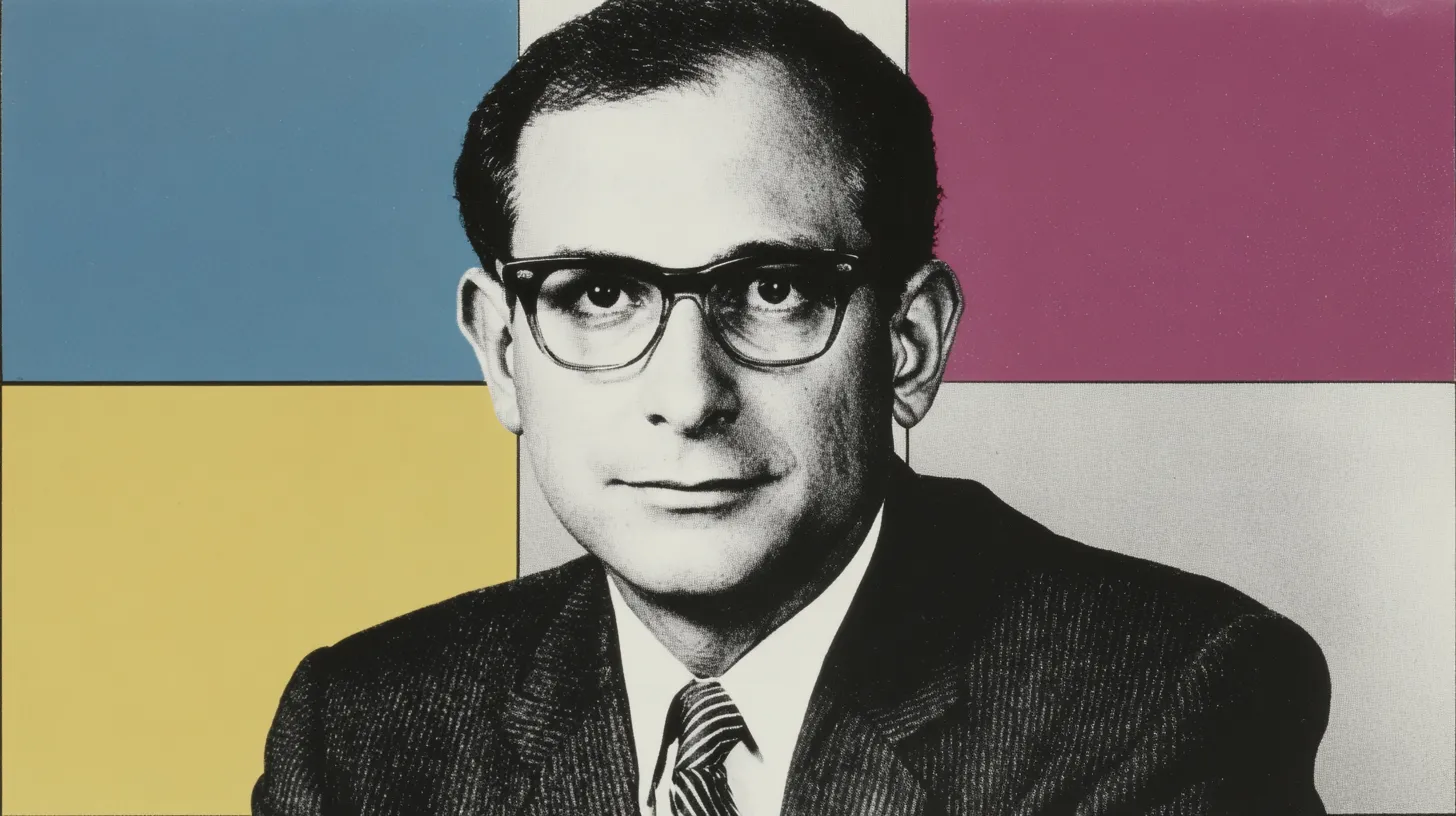
1986-1988
As a MIT graduate and 38-year Motorola veteran, Weisz became president at 43. He worked on early Handi-Talkie projects. Served as transitional CEO during leadership succession planning. But he had to retire at 70 because of corporate rules.
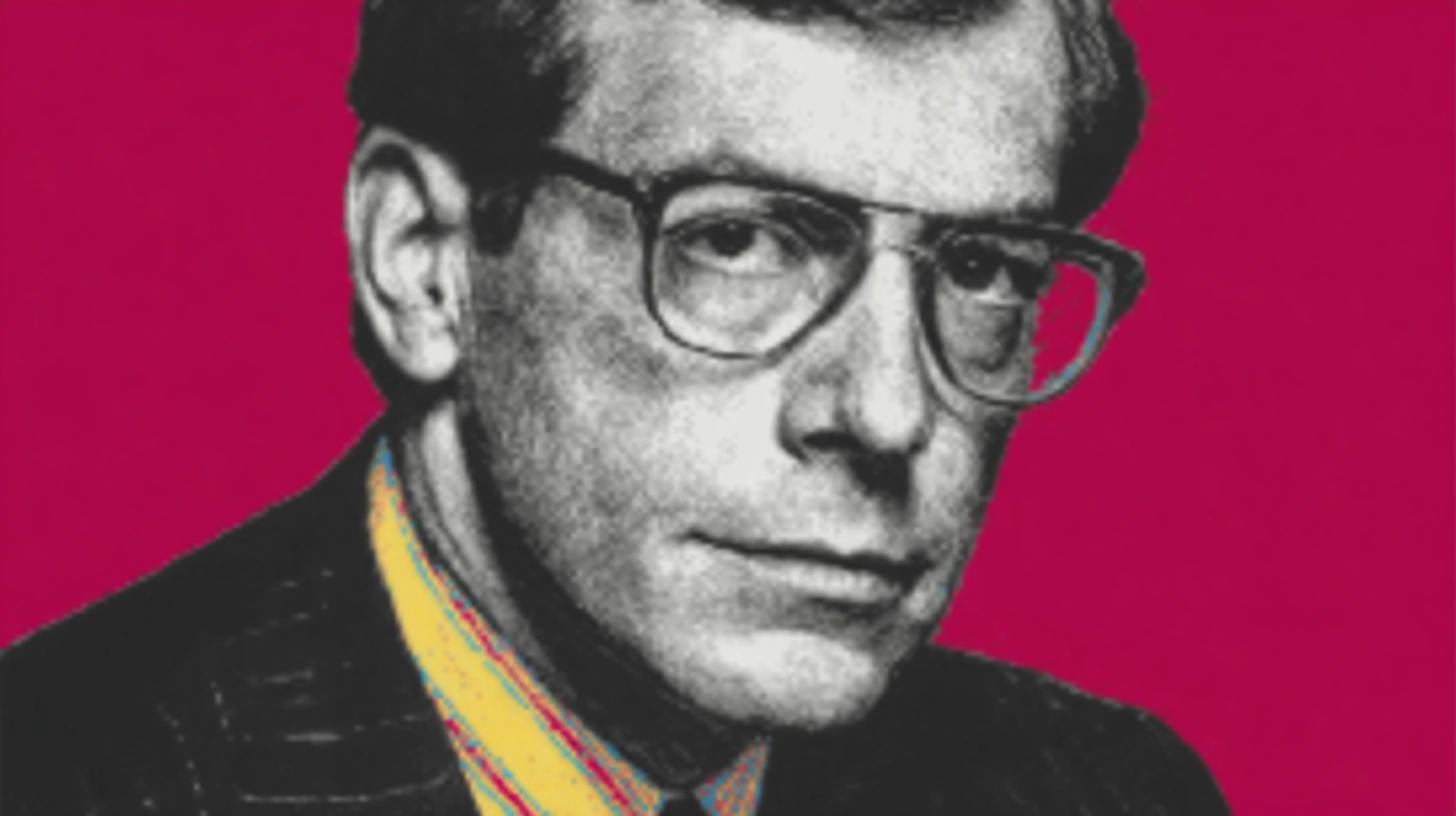
1988-1993
As a Bell Labs veteran who joined Motorola in 1976, Fisher led Japan market penetration for cellular phones. But he shocked the company with his sudden departure to rescue Eastman Kodak. Fisher left a strong foundation but created a leadership vacuum.
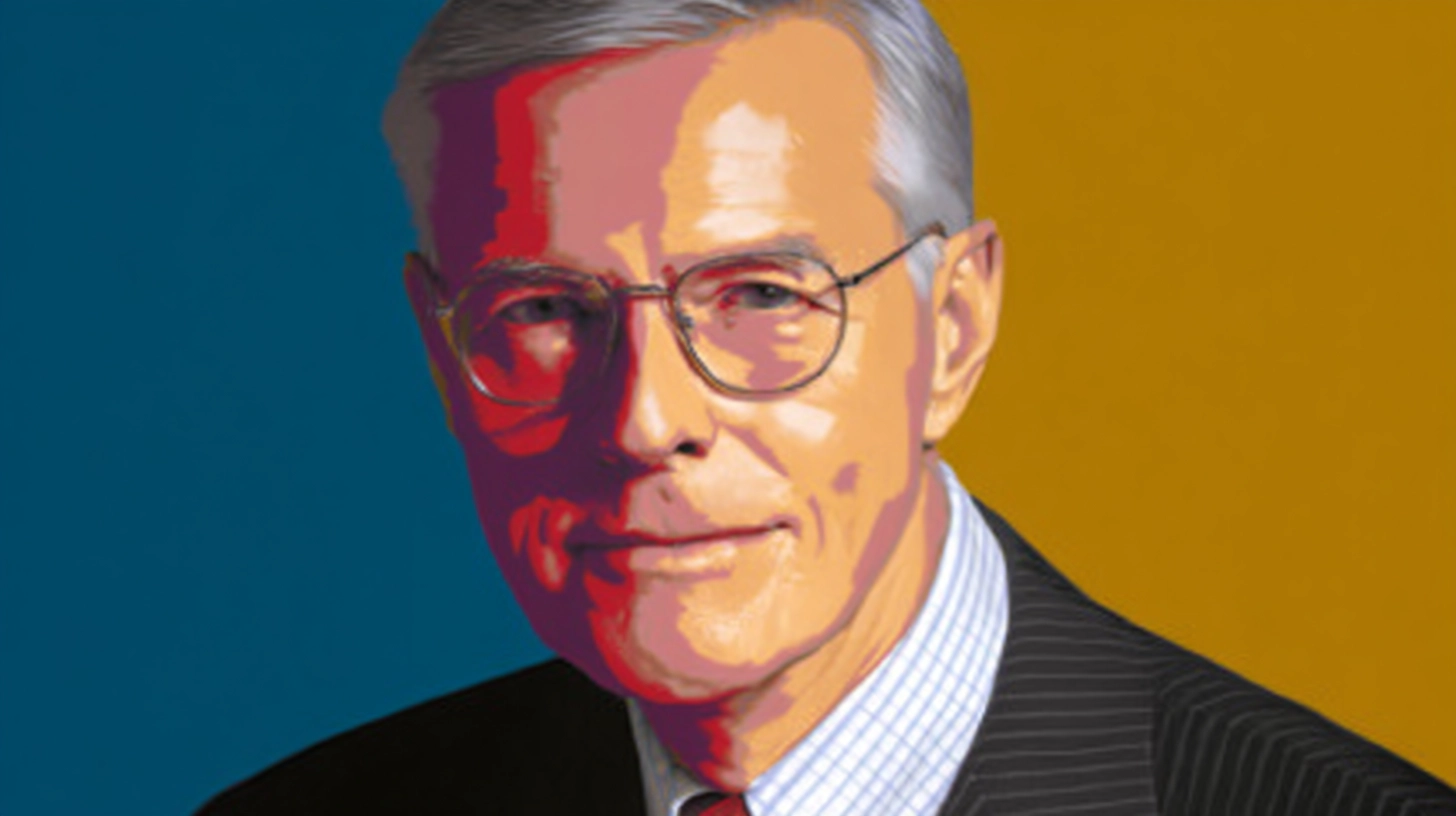
1993-1997
Gary Tooker climbed the corporate ladder at Motorola from semiconductor division engineer to CEO. He served as caretaker leader after Fisher’s exit, preparing Christopher Galvin for succession.

1997-2003
The third-generation Galvin, Christopher, is the grandson of the founder. He led the dot-com crash restructuring. He oversaw the creation of the RAZR design (launched after his departure), the first cable modem, and GPS navigation. You might remember him for his epic 1997 phone fight with Steve Jobs over Mac clones that cost $100 million and ended the PowerPC partnership. This Galvin was fired in 2003 despite profits. The RAZR became a massive hit next year.
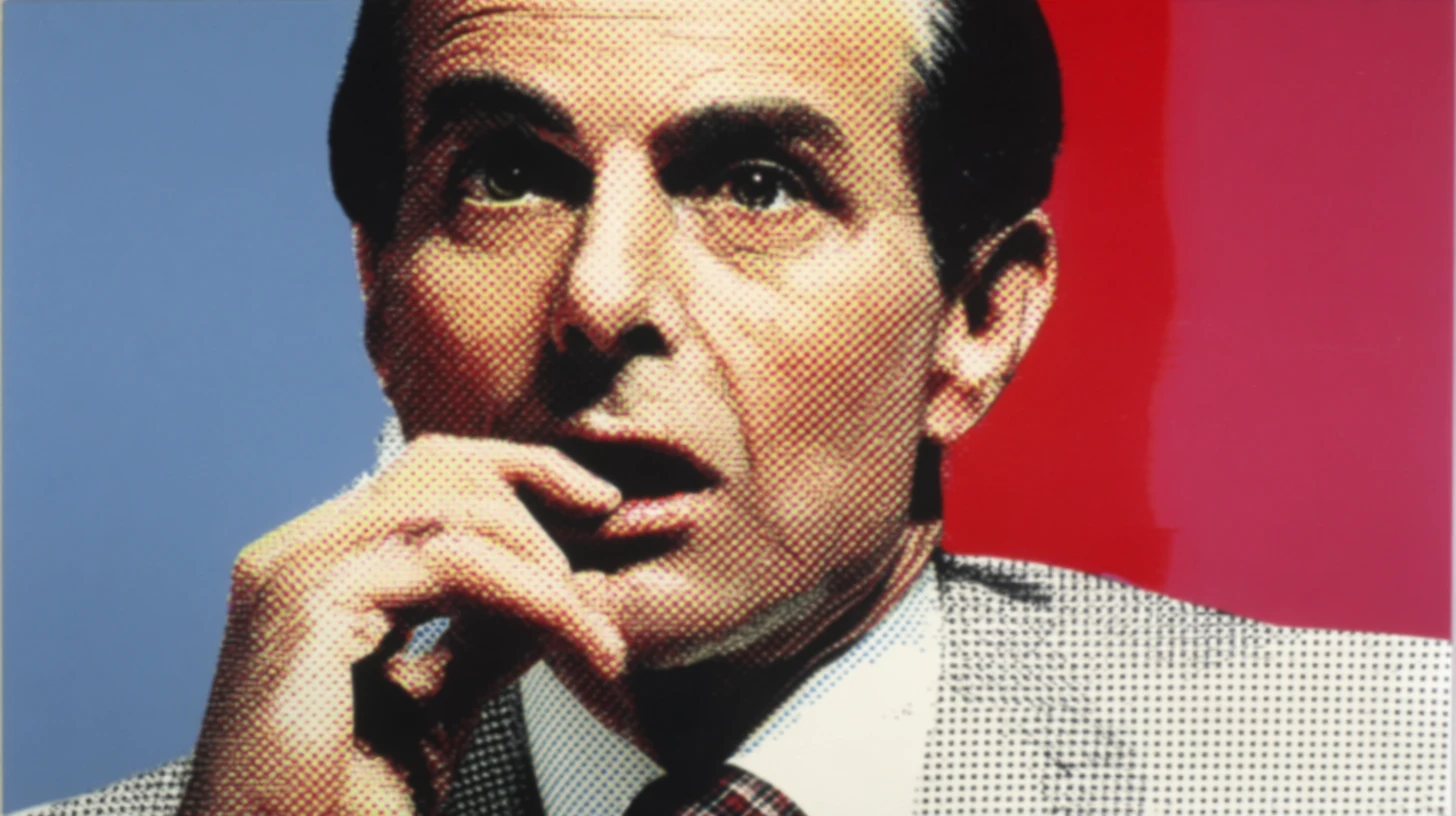
2004-2008
As a Sun Microsystems veteran, Fast Eddie made the RAZR the best-selling phone in history with the “Hello Moto” campaign. But he failed to innovate and only launched decorated RAZRs in colors, while Apple launched the iPhone. Fast Eddie also neglected the company’s China strategy, leading to Samsung overtaking Motorola in the country.
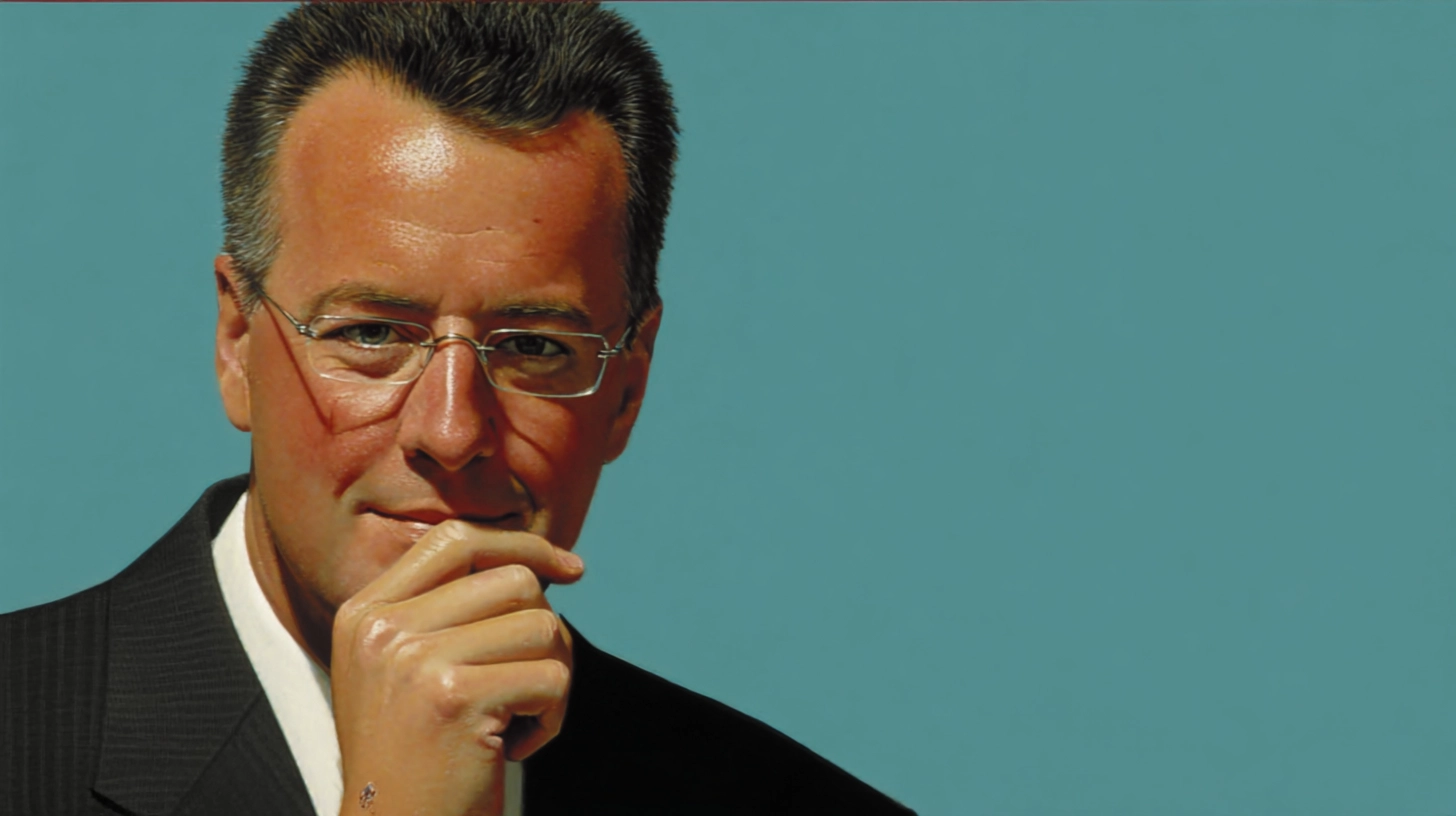
2008-Present
Greg Brown is the longest-serving CEO of Motorola after the Galvin family. He led Motorola Solutions post-2011 split. He achieved 1,400% shareholder returns over 18 years. Made 50+ acquisitions. Named Fortune’s #1 underrecognized CEO, 2024.
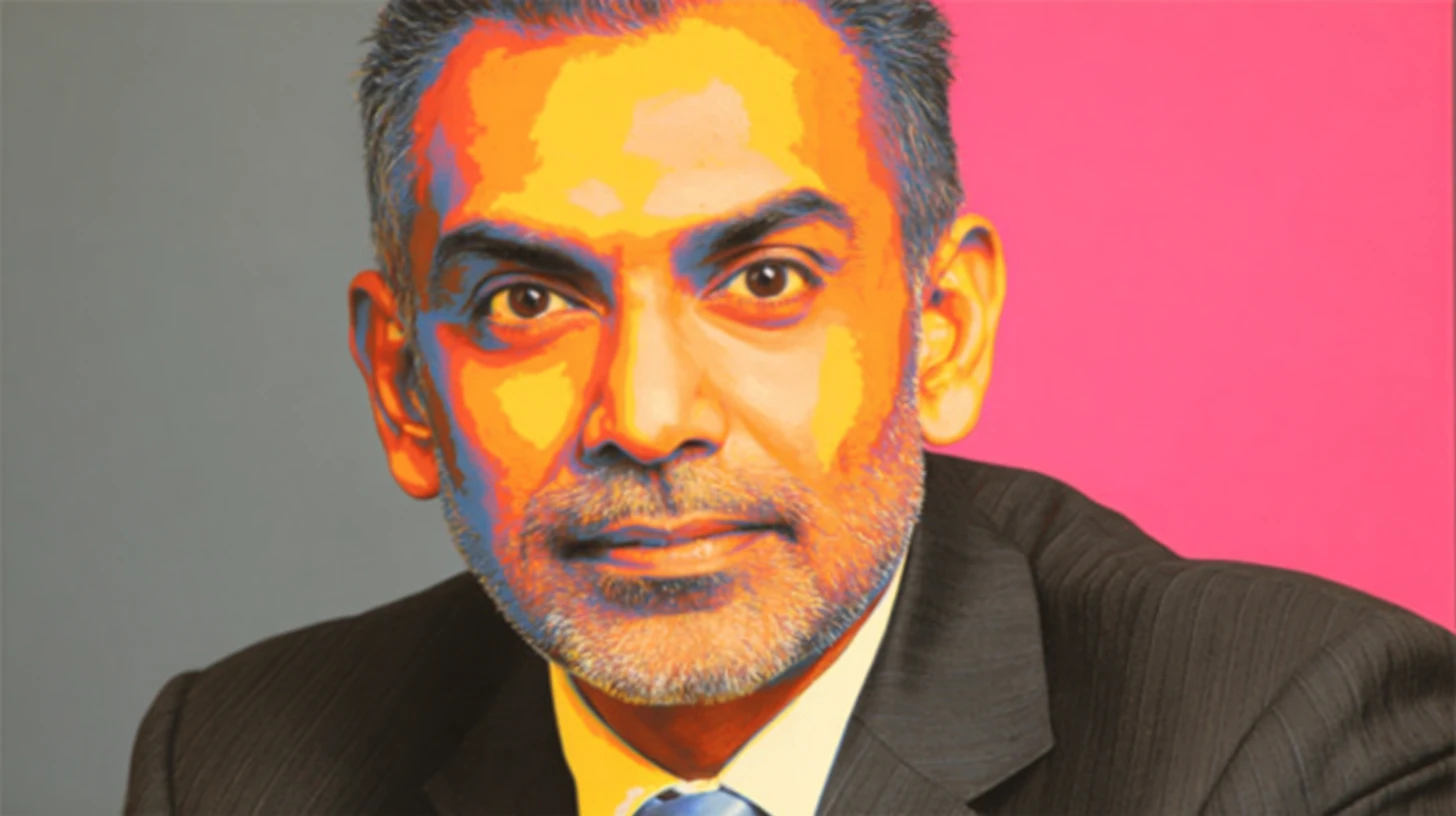
2008-2012
Jha was an Indian-American Qualcomm COO who rescued the “sinking” mobile division. He bet everything on Android, abandoning Windows Mobile and Symbian. Launched Droid with the “iDon’t, Droid Does” campaign. The Google acquisition netted him a $65.7 million payout. Jha was the highest-paid Chicago CEO in 2011 at $47.2 million.
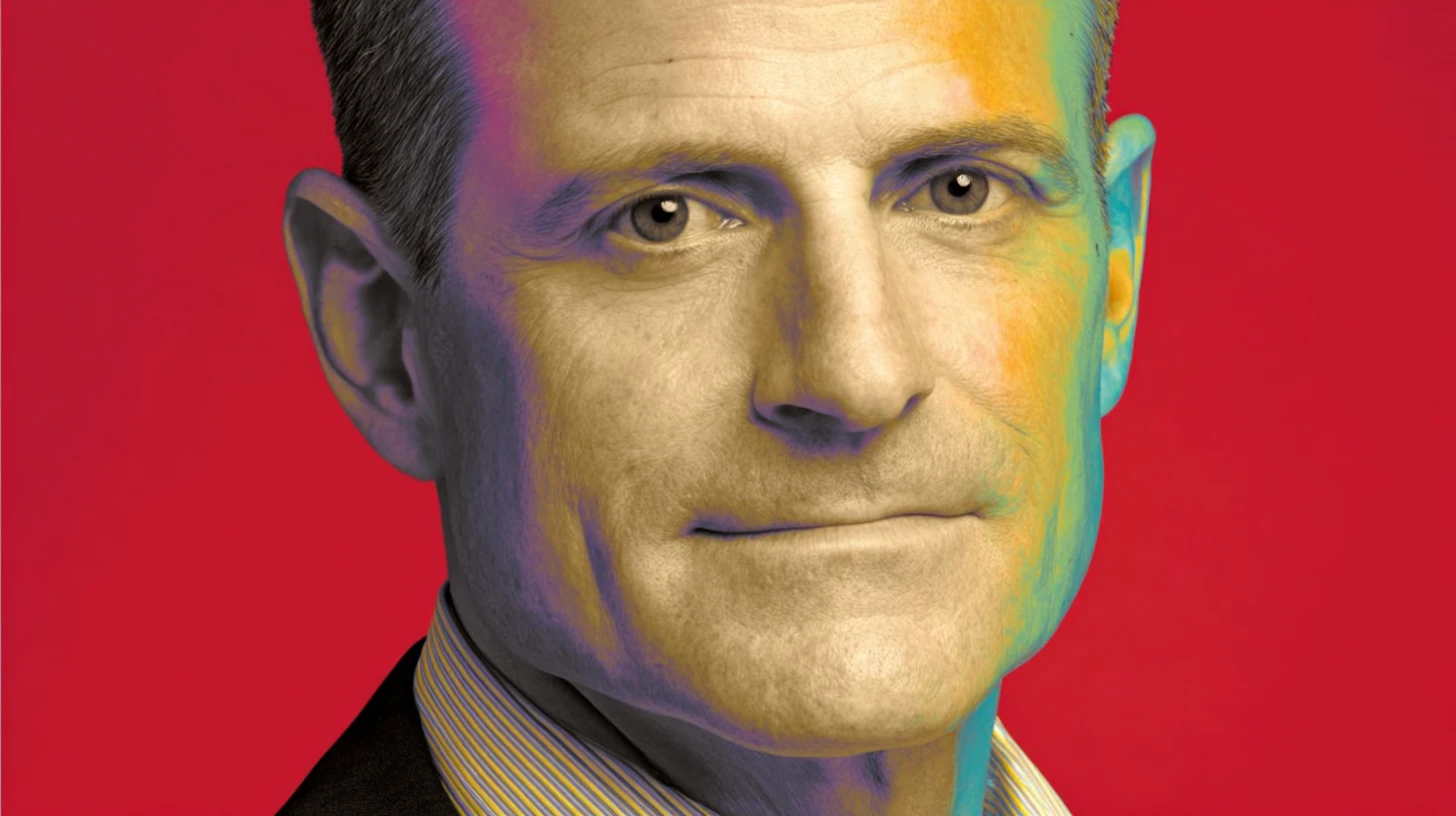
2012-2014
Dennis Woodside was a McKinsey consultant turned Google executive. He oversaw Motorola-Google integration. Woodside announced Texas manufacturing for Moto X, employing 2,000. But he inherited $86 million quarterly losses and faced Android partner relations challenges. All of which led to his downfall.
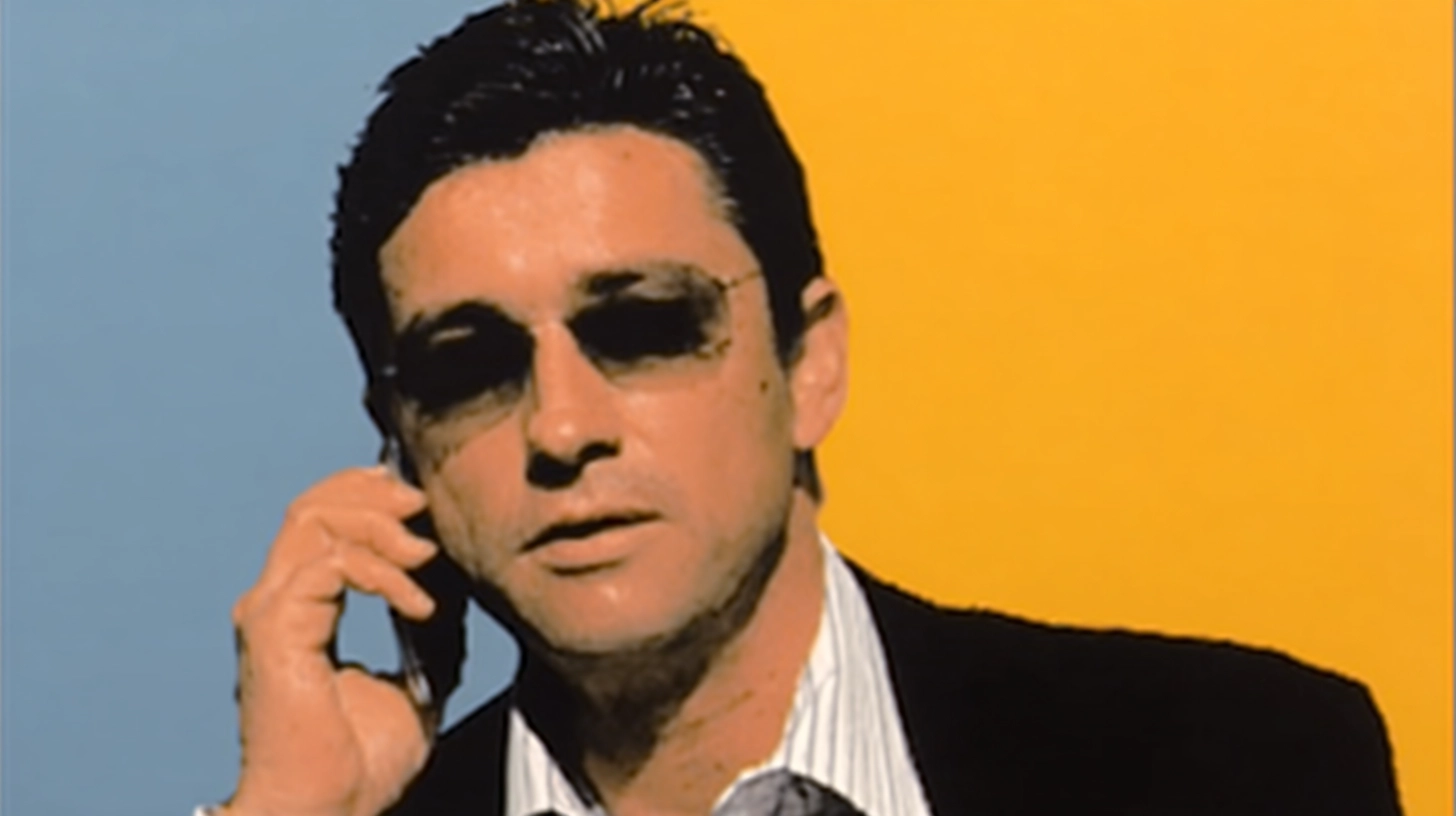
2018-Present
Sergio Buniac is a Lenovo appointee who has recently returned Motorola to profitability as the tech giant's CEO. He’s also successfully defended the #2 Latin America position and achieved the #3 North America shares. Buniac is a 25-year industry veteran leading global mobile business across R&D, product, sales, strategy, and supply chain. He continues to lead Motorola to uncharted territories.